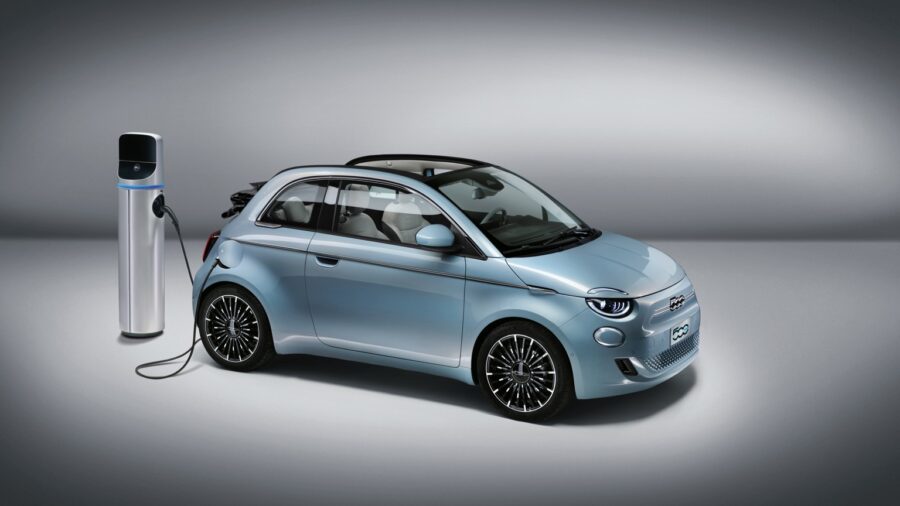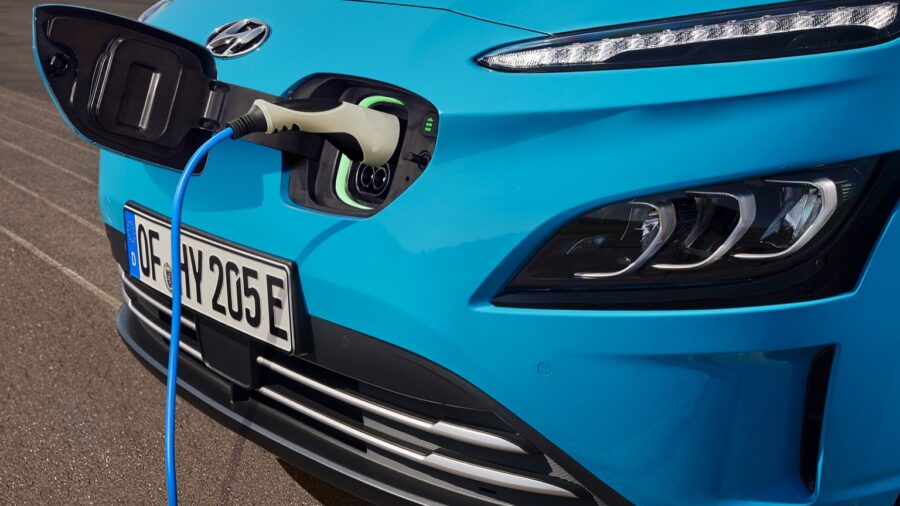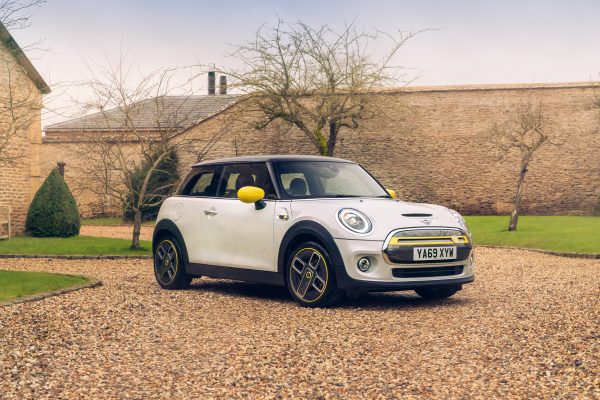Following Jonny’s electric vehicle charging article, here’s everything you need to know about charging an EV in Europe – from someone who’s driven one since 2019!
You’ve Bought Your First EV 🔌🔋⚡🚗
First of all, fantastic work, you’re awesome!
Thanks for making a great decision and welcome to the future!
So charging, that’s something you need to do now… no more dinosaur juice for you, you’re EV all the way!
🛢️🦕⛽💥
⬇️
☀️💨🔋⚡
But how do you charge?
Types of Charging
Charging is really a lot simpler than you’d think, there are just two types:
- AC – Slow and Fast charging
- DC – Rapid charging
AC Charging
Slow Chargers
A slow charger uses AC power. Alternating current (AC) is what comes out of your plug socket at home.
In fact, plugging your car into a Schuko/3-pin plug, is an example of slow charging.
The charging lead (often called a granny charger, because of how slowly it charges) plugs into your home socket at one end and your car at the other. Some chargers and cars enable you to select how many amps to pull. A Tesla can pull between 5 amps and 10 amps from a domestic socket. You might want to vary the amperage if your house has poor electrics, or if you’re trying to use what your solar is generating.
So how much charge can a home plug socket provide?
10 amps x 230 volts = 2.3 kW (kilowatt)
The Tesla Model 3 Standard Range Plus has a 50 kWh battery pack, so on a 3-pin plug in the UK, you can charge half the battery (or 25 kWh) in 11 hours. That’s over 100 miles topped up on cheap, renewable electricity while you sleep.
Fast Chargers
Fast charging also uses AC power. If you get an EV chargepoint installed at home, it is likely to be a 7.4kW fast charger.
This would enable you to completely “fill” a Model 3 from empty to full in a little under 7 hours.
Fast charging speeds are limited by the cars onboard charger. This converts the AC power into DC power, to feed into the car’s battery.
Some BEVs (battery electric vehicles) have powerful onboard chargers, like the Renault Zoe, which can charge at up to 22kWh. The Model 3 has a 11kW onboard charger. Some cars are limited to slower speeds, like the VW e-Up! limited to 7.2kW AC charging.
Many supermarkets and retail parks have fast chargers onsite – which are often free! Spending 60 minutes in the supermarket can give you ~40 miles of charge.
DC Charging
Rapid and Ultra-Rapid Chargers
Rapid (and Ultra-Rapid) charging uses DC power. This means the power can be fed straight into the battery.
Rapid chargers can charge from speeds of 43kWh, to speeds upwards of 350kWh!
If you’re on a long road trip, you’d use a rapid charger to top-up the battery at super speed!
The Tesla Supercharger network is an example of an ultra-rapid charging network. Many Supercharger stalls now have 250kW chargers! A Long Range Model 3 can charge at up to 250kWh, which is over 1,000 miles an hour!
Using the Supercharger network, you can top-up 200 miles of range in 15 minutes. That’s 3 hours of motorway driving in the time it takes you to visit the toilet and get a cupa tea.
Rapid chargers tend to be more expensive than Slow and Fast chargers, but they can deliver power at much faster speeds.
Rapid chargers are sometimes supported by battery storage, to ensure consistent supply and the cleanest possible energy. Here’s a video of the GridServe charging hub from the awesome team at Fully Charged.
Charging Plugs
European charging connectors are also really simple now.
European AC connectors for Slow and Fast charging are:
- Type 2 (AKA mennekes)
- Type 1
European DC connectors for Rapid charging are:
- CCS (AKA Combo 2)
- CHAdeMO
CCS and Type 2 use the same plug design – CCS is basically a Type 2 plug with an extra two pins.
Both have been the standard socket in Europe for some time now, with CHAdeMO and Type 1 slowly being phased out.
Some charging posts have more than one type of connector – using the right one for your car will ensure you get the best speed! For example, using a Type 2 charging lead will charge much slower than a CCS lead – if your car has both sockets.
Many charging units can charge more than one car at a time, but not all, so it’s worth checking beforehand.
Generally speaking, Slow and Fast chargers (away from home) don’t come with a charging cable – you plug your own in. Rapid chargers however always come with a cable – be that CCS or CHAdeMO.
Finding a Charger
The UK has more charging stations than petrol stations, so it’s not difficult to find a charger. To help you out (in the UK) Zap-Map have a fantastic live, interactive map! PlugShare is a similar map, which covers most of the world!
How many chargers are there within 10 miles of your home?
I bet it’s more than you thought!





